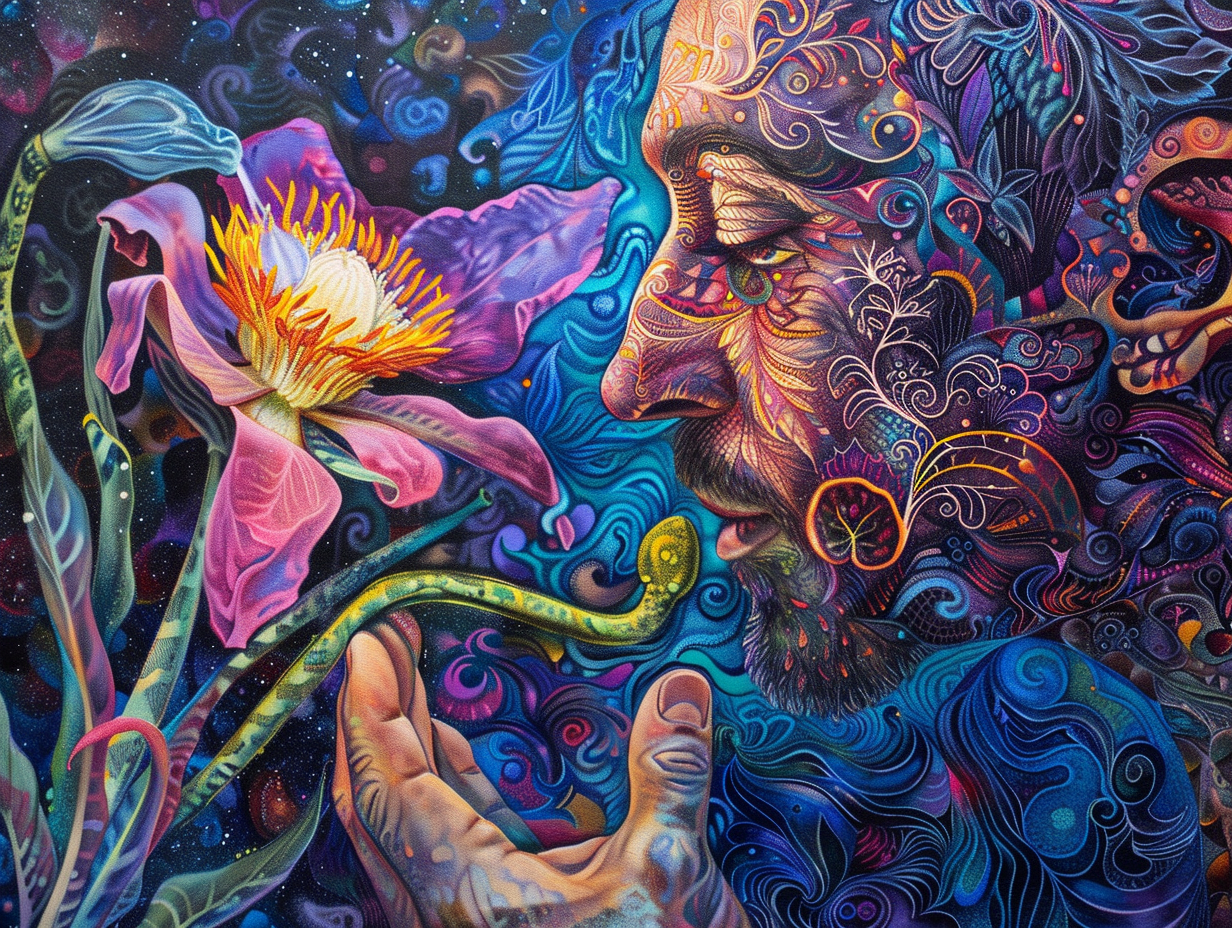The Biology of Unfinished Stories: How Trauma Stays Until We Listen

Defining Trauma
Trauma is more than a painful memory—it’s an imprint left on the body and nervous system. When an experience overwhelms our ability to cope, it can leave us stuck in survival mode. It isn’t always about catastrophic events. It can stem from moments of fear, neglect, loss, or even ongoing stress. And because trauma lodges itself in the body, it can shape our emotions, behaviors, and even health long after the event has passed.
How Trauma Happens—and Stays
Our nervous system is designed to keep us safe. When faced with a threat, we instinctively fight, flee, or freeze. But if we don’t get the chance to complete these survival responses, the energy of the experience stays trapped in the body. This can show up as chronic tension, emotional numbness, anxiety, or hypervigilance. Trauma isn’t about what happens to us—it’s about what happens inside us as a result.
Studies show that unresolved trauma alters brain function, affecting memory, emotional regulation, and even immune health. The good news? The nervous system is adaptable. With the right support and tools, we can process and release what’s been held inside.
The Wisdom Within Trauma
Though trauma is painful, it holds an opportunity for profound growth. When we acknowledge and integrate what we’ve been through, we don’t just return to who we were before—we emerge with greater resilience, deeper empathy, and a stronger connection to ourselves. Healing isn’t about erasing the past; it’s about reclaiming our sense of safety, agency, and aliveness.
Practical Tools for Healing Trauma
1. Orienting– Let your eyes slowly scan your environment. Notice what feels neutral or safeto engage your body’s natural ability to regulate.
2. Titration– Rather than diving deep into overwhelming sensations, allow yourself to feeljust a little at a time, then shift your focus to something neutral orpleasant.
3. Self-contact – Place your hands gently on your heart or belly. This can help createa sense of containment and reassurance for the nervous system.
4. Pendulation – Shift between focusing on distressing sensations and areas of comfortor ease in your body to create a natural rhythm of release and regulation.
5. Seek safe connection – Whether with a trusted person or therapist, co-regulation helps the nervous system heal.
The Bottom Line
Trauma may shape us, but it doesn’t have to define us. The body has an innate ability to heal when given the right support. If you feel overwhelmed or numb, know that healing is possible—one step at a time. For a deeper understanding of how trauma affects the body, explore my article, The Missing Link to Feeling Fully Alive.
Related Resources
Explore insights and practical guidance for your personal journey.




